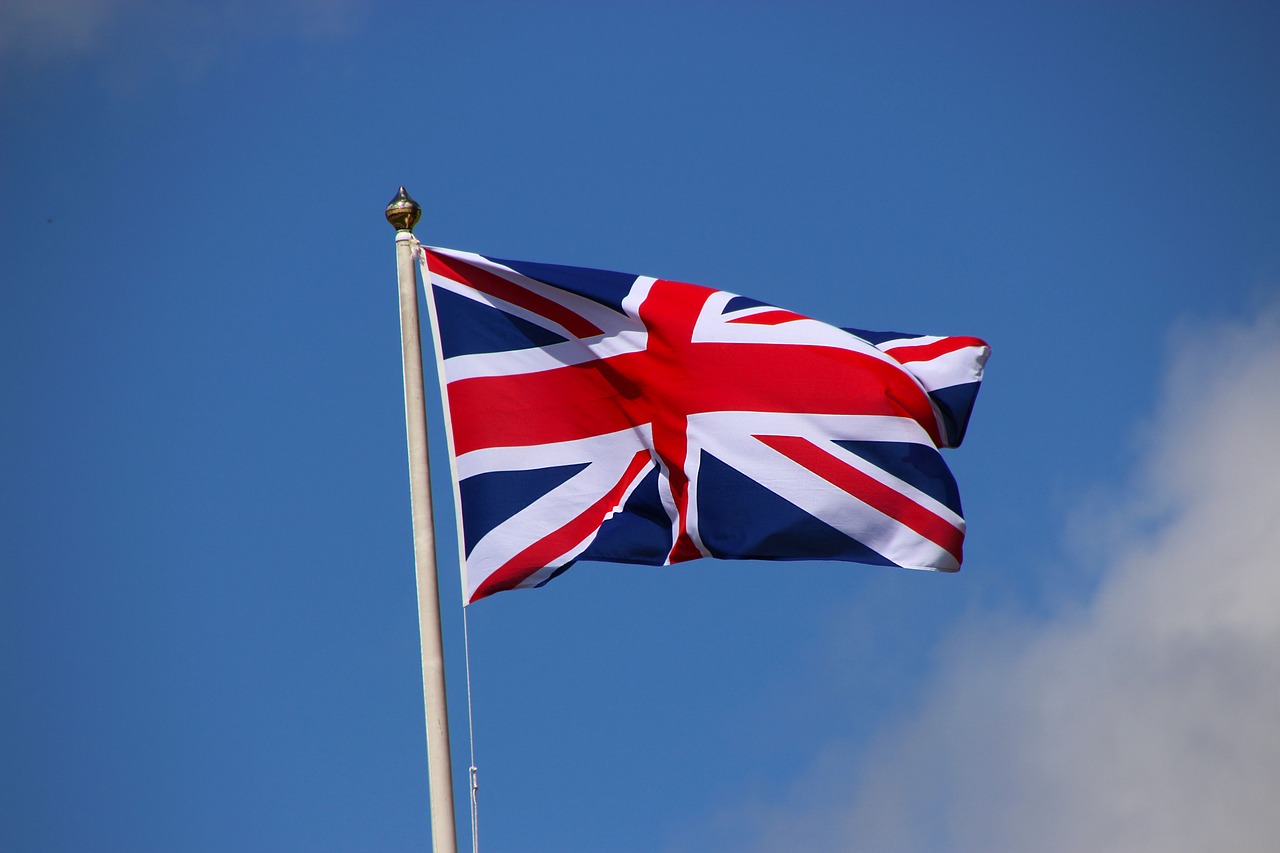
This morning, British Prime Minister Boris Johnson dutifully met with the Queen in the wake of a massive victory by his Conservative Party – a victory that will now clearly “get Brexit done,” but one that also has recolored the electoral map of the United Kingdom in a way few thought possible. With this win, Johnson has demonstrated that it is possible to take hold of a traditional, mainstream party and reshape it to remain competitive in the shifting political landscape that today dominates the Transatlantic space.
Just as Donald Trump changed the electoral map in 2016—taking the Republican Party to victory in “blue” areas that had long voted Democratic—the British map was also radically recolored in a number of ways. The Tories turned the North and the Midlands – and parts of Wales – Conservative blue. Johnson this morning spoke of the people who’d never voted Tory before “…with their hands quivering over the ballot before they made their mark.” Those quivering hands gave the Conservatives a range of seats that the party hadn’t won in decades, some of them ever.
Brexit was the core issue for these voters, of course, but they were also deeply skeptical of the radical tax-and-spend (and anti-Semitic) direction Labour had taken under far-left party Leader Jeremy Corbyn. Constituencies across the alleged “red wall” in the North East, Yorkshire and the West Midlands all saw significant increases in the Tory vote and huge drops for Labour. The Tories even won Tony Blair’s former seat in Sedgefield.
The yellow recoloring by the Scottish National Party in Scotland puts the question of another independence referendum back on the table. Labour now holds just one seat in Scotland, an area that it previously dominated. Nicola Sturgeon this morning called the victory an overwhelming confirmation of the SNP message of saying “No to Brexit.” Johnson, she said, has a mandate for Brexit in England, but no such mandate in Scotland. In Northern Ireland, there’s now more Irish nationalist green than Unionist orange. This will mean a very, very complicated set of issues not dissimilar to those of Scotland, as the nationalists seek to tie Northern Ireland every more closely to the Republic.
The divisive issue of Brexit and Johnson’s reworking of the Conservatives has attracted voters in working-class areas whose parents and grandparents likely manned the barricades against the policies of former Conservative leaders like Margaret Thatcher. With the worst result since before WWII, Labour will now go through a brutal internal knife-fight. Party Chairman Ian Lavery tried hard to hang the loss yesterday solely on Brexit and thus divert focus from Corbyn, but many other Labour politicians placed the blame squarely on Corbyn, who has agreed to resign after a “process of reflection.” Clearly, the party faces a period of soul-searching to understand how it has become out of touch with voters in traditional Labour strongholds.
The Liberal Democrats did not do badly in terms of number of votes, and in fact lost just one seat. However, as that seat belonged to party Leader Jo Swinson, the optics are not ideal for the party, and will likely also spark a “process of reflection.”
The overwhelming victory will certainly be interpreted as a mandate for the Tory’s campaign promises—but the fact that the prime minister is on solid ground politically does not remove the political perils inherent to delivering Brexit, let alone the challenges of securing a strong economy. The gains made by the Conservatives will almost certainly evaporate if he fails in this effort.
As we look across this new electoral map in the UK, we see yet again that mainstream parties in the Transatlantic space that reshape themselves to respond to the evolving demands of voters can, indeed, win elections. Those that do not will continue to struggle—and lose.
Top